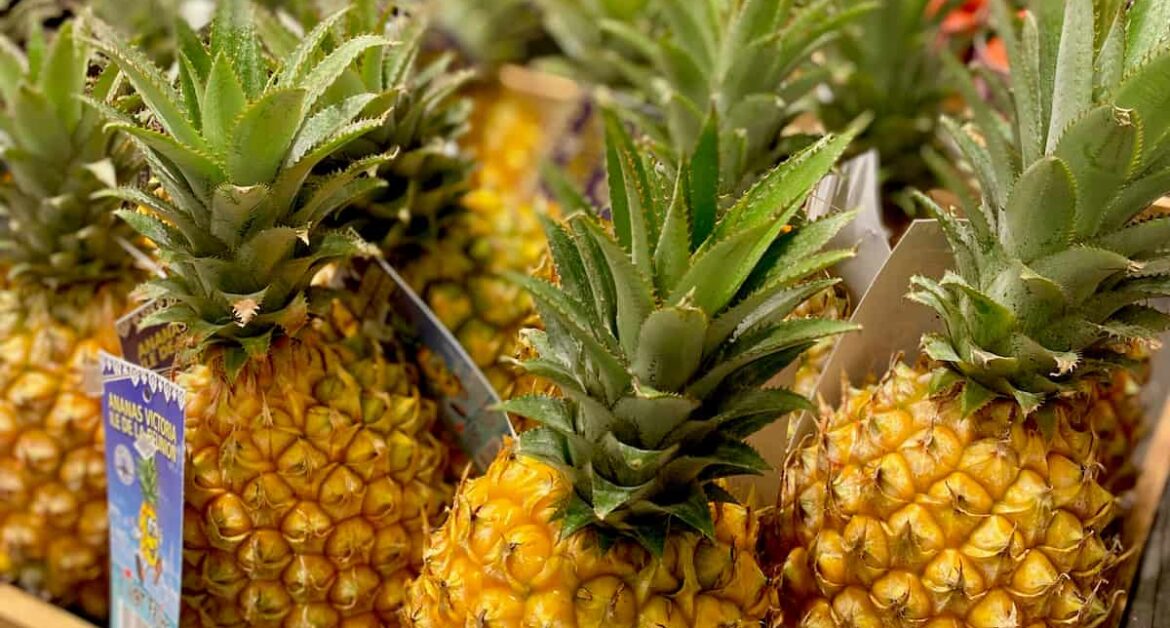
Pineapple Farm
Pineapple farming involves cultivating and managing pineapple plants to produce the sweet, tropical fruit enjoyed worldwide. Here’s an overview of the process:
Overview
- Land Preparation: Pineapples thrive in well-draining soil with adequate moisture retention. Farmers prepare the land by clearing debris, plowing, and ensuring proper drainage.
- Planting: Pineapples are typically grown from the crowns of mature fruits or suckers (offshoots). Farmers plant these crowns or suckers directly into the soil or nursery beds.
- Growth and Maintenance: Pineapple plants require consistent care, including proper irrigation, weed control, and fertilization. They are resilient and relatively low-maintenance, but regular attention ensures optimal growth.
- Pest and Disease Control: Monitoring for pests like mealybugs and diseases such as fusarium wilt is crucial. Integrated pest management strategies are often employed, combining cultural, biological, and sometimes chemical methods to protect the crop.
- Maturation and Harvest: Pineapples take around 18 to 24 months to reach maturity, depending on the variety and growing conditions. As they mature, the fruit's exterior color changes from green to yellow. Once ripe, pineapples are hand-harvested by cutting them from the plant.
- Post-harvest Handling: After harvesting, pineapples undergo sorting, cleaning, and packing. They are often treated with post-harvest solutions to extend shelf life and maintain freshness.
Pineapple farming demands attention to detail, knowledge of crop management practices, and suitable environmental conditions to ensure healthy growth and a bountiful harvest of this tropical delicacy.

